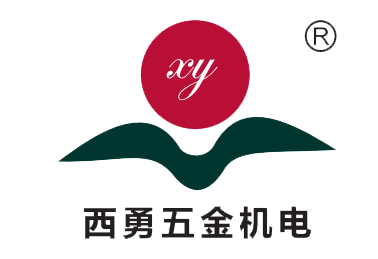Round cylinders and square cylinders, as important components in an engine or pneumatic system, each have their own characteristics in terms of design and application. The following is a detailed comparison of the two in a number of aspects:

I. Structure and Shape
Round Cylinder: As the name suggests, it has a cylindrical shape with smooth curved surfaces and uniform cross-section. This design makes it easier to achieve high precision in the manufacturing process, because the round cross-section is easier to ensure uniformity and consistency in processing.
Square Cylinders: Square or rectangular in shape with straight edges and right angles. Although square cylinders may exhibit unique advantages in certain specialized applications, they are typically more difficult and costly to machine than round cylinders. Due to the presence of right angles, the machining process requires more delicate operations to ensure sealing and wear resistance.
Ⅱ. The Manufacturing Process and Cost
Round cylinder: Due to the characteristics of round cross section, its manufacturing process is relatively simple and low cost. Round cylinder parts can be more easily standardized and mass production, thus reducing the overall manufacturing costs.
Square cylinders: The manufacturing process for square cylinders is relatively complex, as the machining of right angles and straight edges requires higher precision and more steps. This results in square cylinders typically costing more to manufacture than round cylinders. In addition, square cylinders are more prone to stress concentration problems during machining, requiring additional process measures to solve.
III. Sealing and Friction Loss
Round cylinders: round cross-section excels in sealing. The contact area between the round cylinder and the piston is small and uniform, which helps to reduce friction losses and improve engine efficiency. At the same time, round piston rings stay round when subjected to thermal expansion, ensuring a tight fit with the cylinder wall.
Square Cylinders: Square cylinders present challenges in terms of sealing and friction losses. The square cross-section results in a larger contact area between the piston and the cylinder wall, which increases friction losses. In addition, square piston rings may deform when subjected to thermal expansion, compromising sealing effectiveness.

IV. Stress distribution and durability
Round cylinder: The stress distribution of the round cylinder is uniform, and the force at each position is the same. This uniform stress distribution helps to extend the service life of the cylinder and improve the overall durability.
Square Cylinder: Square cylinders are prone to stress concentration problems due to the presence of right angles and straight edges. Under the same material conditions, the fatigue limit of square cylinders is usually lower than that of round cylinders, and they are more prone to cracking and damage.
V. Application Areas
Round cylinder: Due to its superior performance and lower manufacturing cost, round cylinder is widely used in various fields. Round cylinders play an important role in automobile manufacturing, industrial automation, food processing, chemical industry and other fields.
Square Cylinders: Square cylinders have a relatively narrow range of applications. Although they may have unique advantages in some special applications (e.g., compact space layout), square cylinders are less popular due to the difficulty and high cost of manufacturing and performance limitations.
In summary, there are significant differences between round and square cylinders in terms of structure and shape, manufacturing process and cost, sealing and friction loss, stress distribution and durability, and application areas. In practical applications, the appropriate cylinder type should be selected according to the specific needs and working environment.
Prev:Hook cylinder: a sophisticated tool in the field of industrial automation
Next:How to know cylinder by its model number: Naming of Hook Type Cylinder








